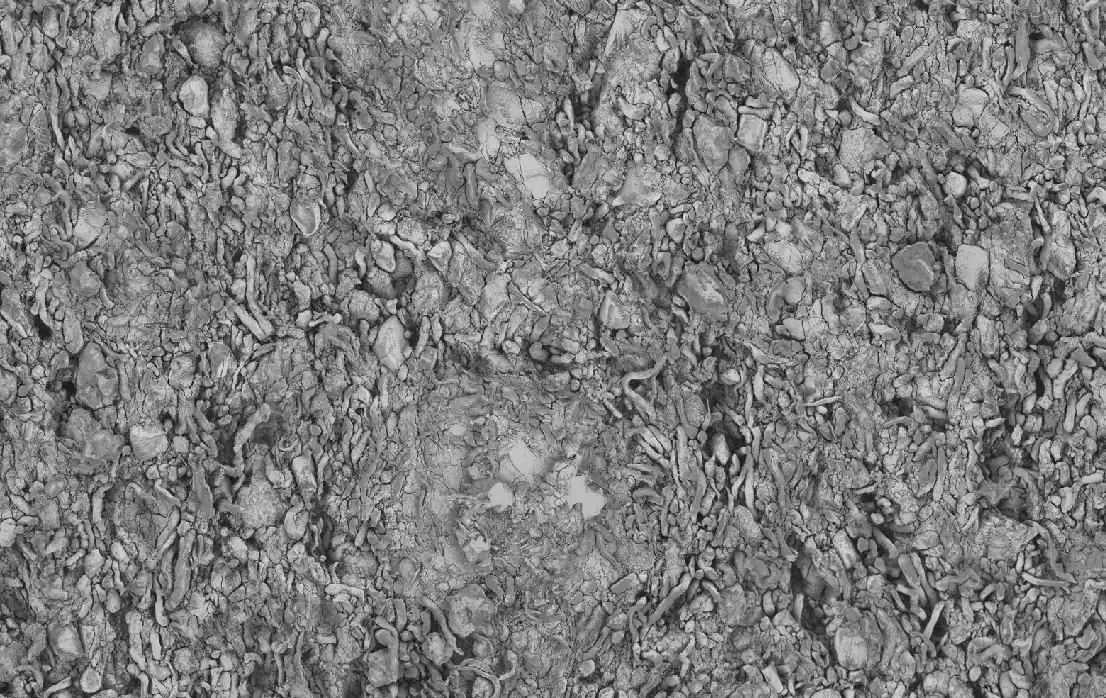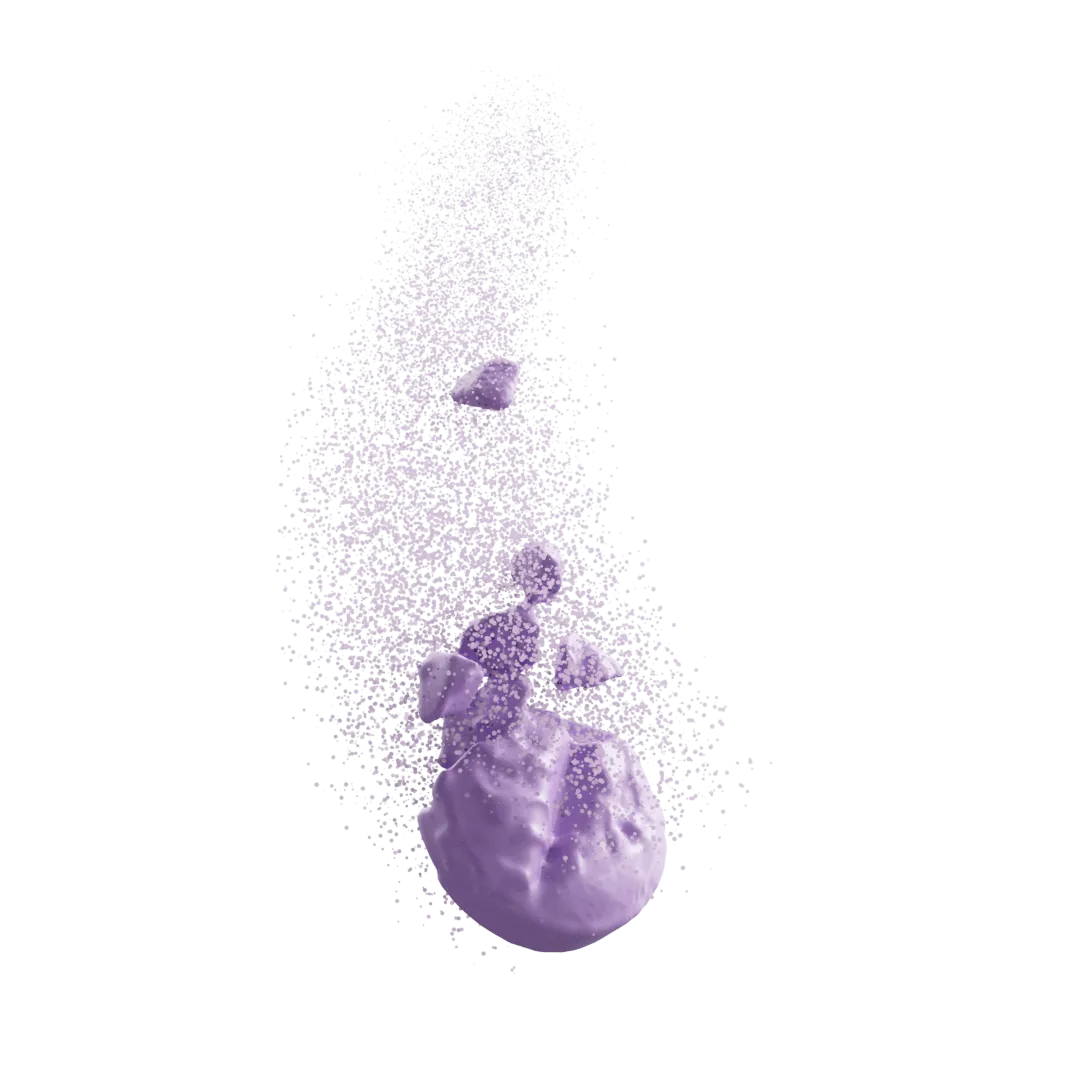Spray Dried Dispersions
Optimize spray drying with our advanced 3D analysis. Control CQAs and CPPs for improved dissolution, stability, and manufacturability of therapeutic molecules.

Issue
Spray drying produces particles with complex morphologies. For downstream manufacturability and product quality, attributes like the void space, wall thickness, and surface area are just as critical as particle size. They can also have a significant impact on the dissolution, stability, and even bioavailability of the therapeutic molecule. Currently, these microstructures attributes are difficult if not impossible to analyze with traditional analytical techniques. Without a way to probe and optimize these properties, costly pitfalls requiring troubleshooting will arise.
Common Challenges
- Limited techniques to quantify the complex structures of SDDs
- Tablet dissolution variability between different sites and manufacture scales
- Tablet quality issues and mechanical failures
- Difficulty navigating CDMO vendor selection
- Variations in solubility and bioavailability during clinical stages



Solution
Our aim is to reduce challenges with processability, dissolution, and mechanical properties by using the spray-dried particle morphology as a structural landmark. Downstream, our 3D analysis of SDDs identifies the critical quality attributes (CQAs) that need to be controlled for product quality. Upstream, these identified CQAs can be used to define and control critical process parameters (CPPs). Using the SDD morphology as a structural landmark enables greater confidence as manufacturing is scaled, and also provides a path to build institutionalized process models.
We apply our 3D X-ray micro-CT workflow to visualize 1000s of SDDs in a single scan, ensuring statistical representativeness not possible with other microscopies. Use of advanced AI analytics allows quantification for all structural attributes, such as void volume, wall thickness distribution, and interior/exterior surface area. This enables rapid determination of CQAs for downstream processing, serving a critical step to prevent dissolution, bioavailability, and quality variation. Particle CQAs can also be used to identify critical process parameters and build correlative process models. We support SDD analysis during all scales of manufacture. We often analyze intermediates and tablets to evaluate SDD structural changes downstream.
Our Approach
- 3D powder bed analysis to quantify all relevant microstructural attributes
- Advanced analysis of SDD compressibility
- Assessment of SDD fate; impact on tablet porosity and quality
- Identification of CQAs, CPPs, and correlative process models
- In silico particle dissolution for deterministic assessment of performance

Formulations
Studied

Transform Your Program with Microstructure Science
Get started with a drug product digital twin.


